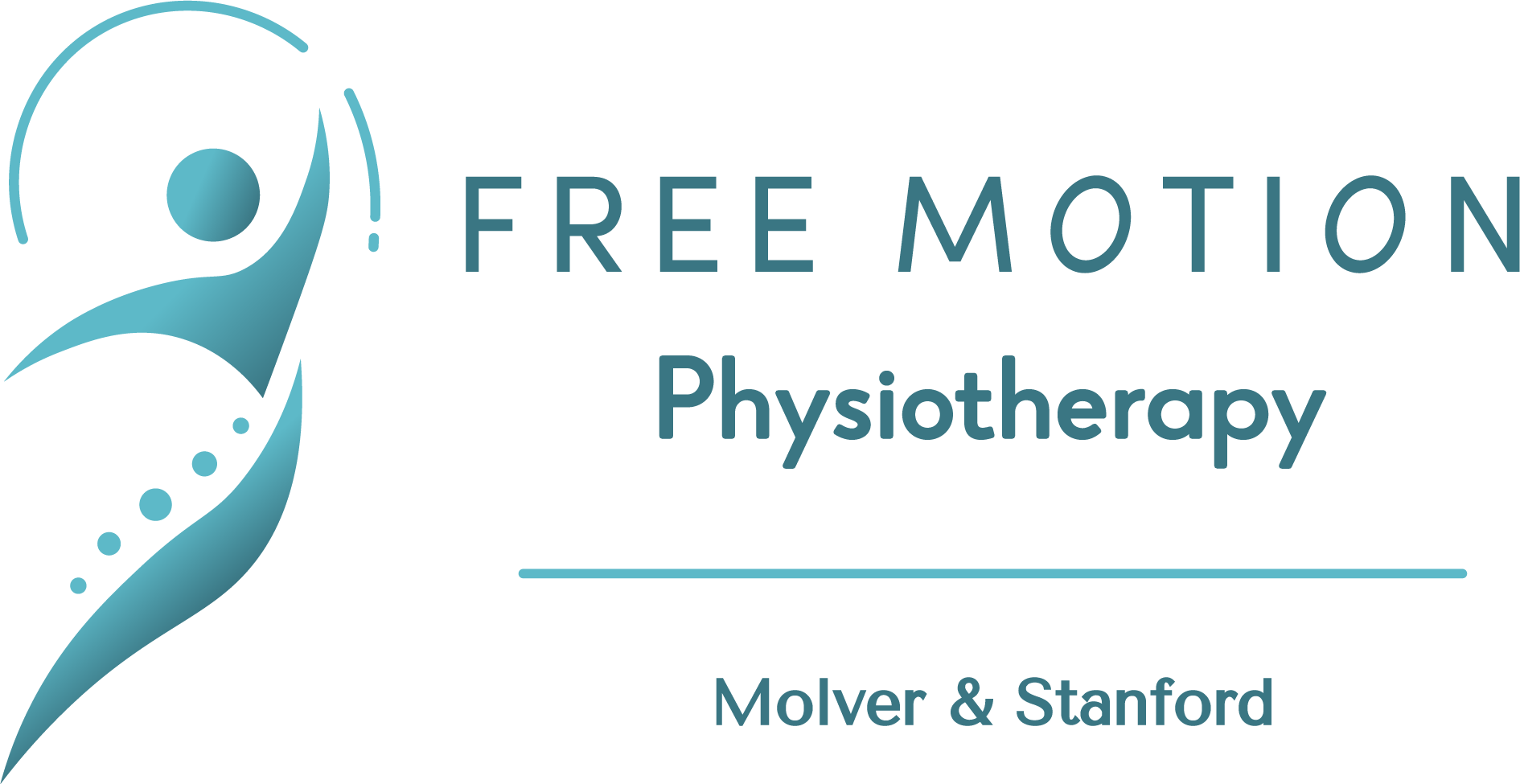Strapping Up: How Taping can Boost Your Body’s Proprioception in Sport
We have all seen sports matches or competitions with athletes strapped up over a variety of joints. Many people think this is to provide support following an injury, but there is another important aspect to consider which is proprioception.
Proprioception is your body’s ability to know where it is in space. For example, you don’t have to look at your foot to know it’s on the ground, or at your arm to know it’s raised. Your muscles, joints, and nerves are constantly sending signals and information to your brain, helping you move smoothly, balance, and react quickly.
Proprioception in Sport
When you’re running, jumping, or changing direction, good proprioception is what keeps you stable and prevents you from rolling an ankle or overextending a joint. Proprioception warns your body when it is within its limits and allows the body to correct and adjust. After an injury, your proprioception can be affected, making you more vulnerable to re-injury. That’s where strapping comes in and can be of great value.


How Strapping Can Help
Strapping (whether rigid tape or elastic kinesiology tape) doesn’t just physically support the joint—it also gives your brain extra feedback about movement. Here’s how:
- Improved awareness – The tape pulls on your skin stimulating the skin receptors, giving your brain constant reminders of where that joint is and how it’s moving.
- Better control – With sharper awareness and an early warning system from the skin, your muscles can fire more effectively to stabilise the joint.
- Reduced injury risk – There is a risk returning to sport after an injury, but strapping helps to re-train the body to react quicker and more accurately during sport.
- Confidence boost – Many athletes feel more secure with strapping on, which can improve performance simply by reducing hesitation or the fear of re-injury.
When is Strapping Useful?
Strapping is not only useful, but considered essential in the following scenarios:

- When returning to sport or making a comeback from an ankle, knee, or shoulder injury.
- Sports that are high impact and involve quick changes in direction (like padel, netball, squash, running or rugby).
- During intense training sessions or extended competitions where extra joint awareness is helpful.
Strapping isn’t a magic fix, but it’s a valuable tool in keeping athletes moving safely and effectively. It works hand-in-hand with rehabilitation exercises and strengthening to support both the body and the brain. Think of it as a helpful nudge to your proprioception system. It acts as a reminder to your joints and muscles to stay sharp and responsive when it counts most.
Book your Free Motion Physiotherapy session
More

Is your body waving a red flag? How to detect overuse injuries
Have you ever had a small ache that started during a run or workout? At first you can ignore it

When to rest, and when to move after an injury
“Just rest.” How many times have you heard this advice after an injury, flare-up, or when struggling with body aches

Too flexible for your own good? How hypermobility can lead to injury.
If you’ve ever impressed your friends by twisting your thumb back to your forearm or going into a split without
